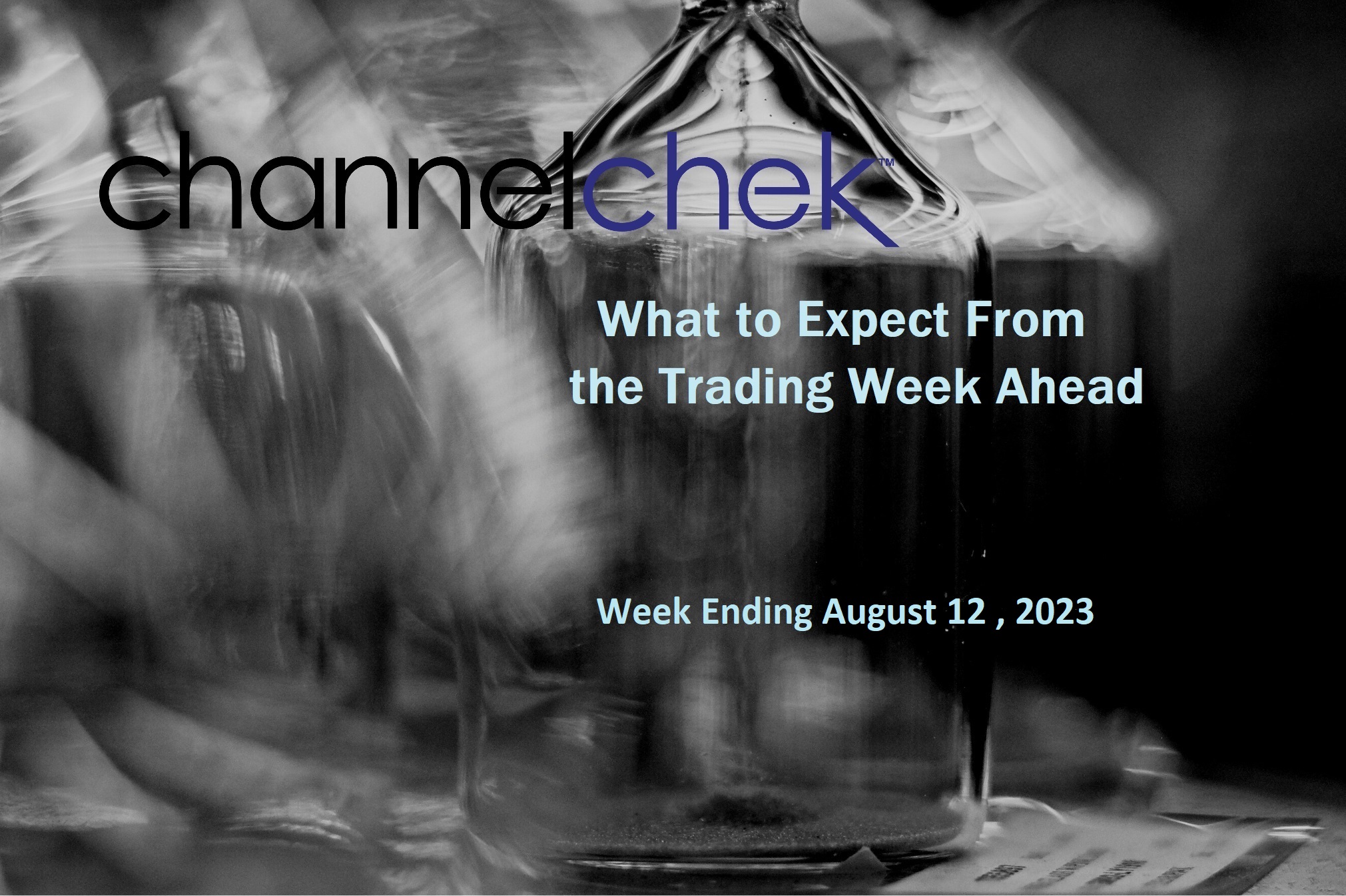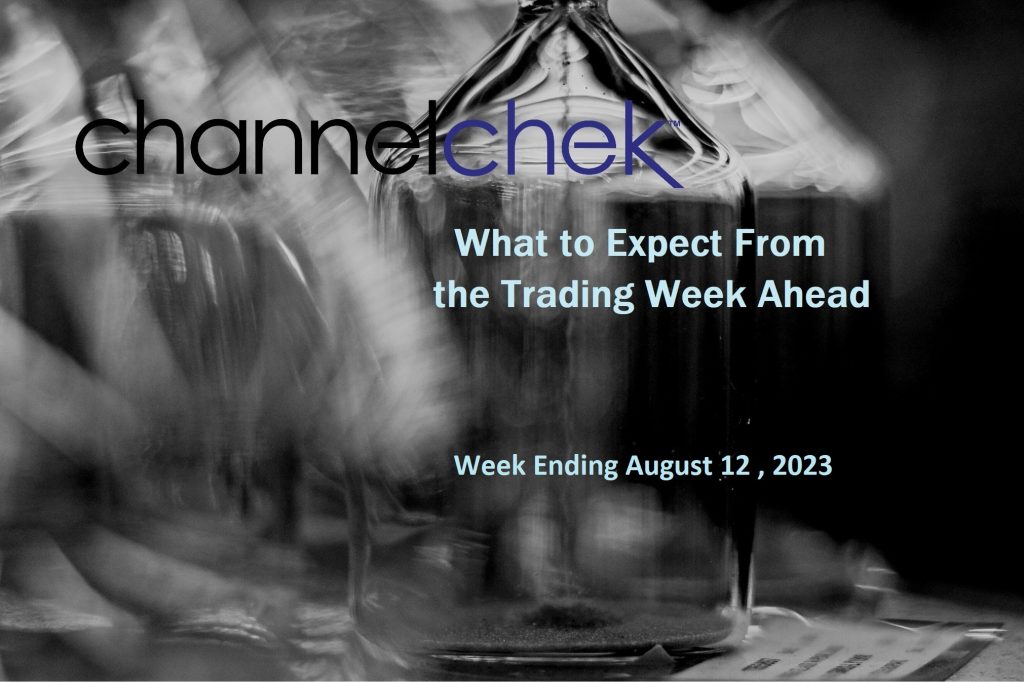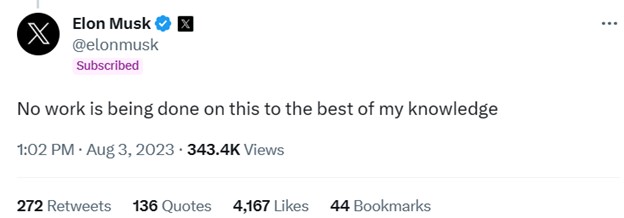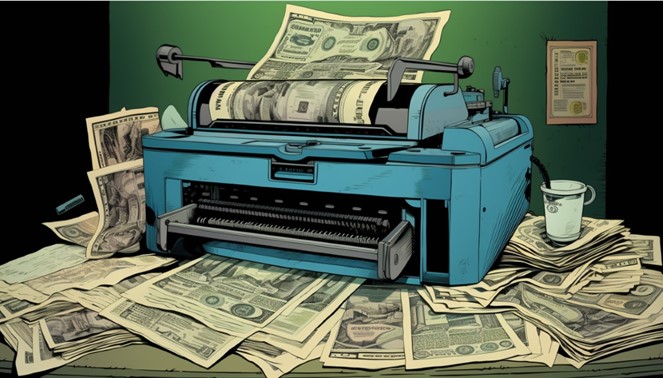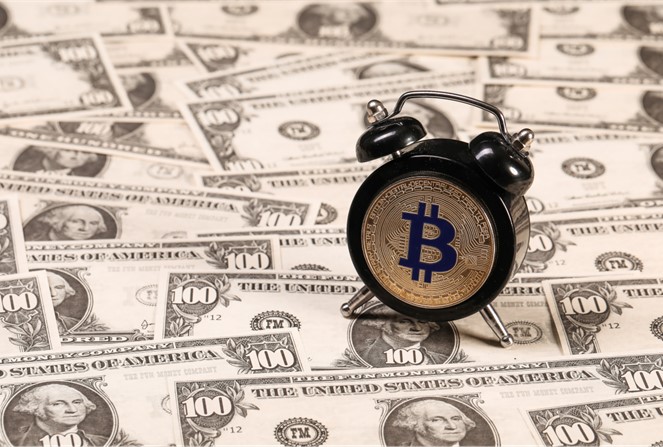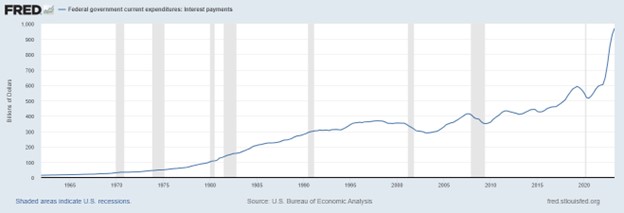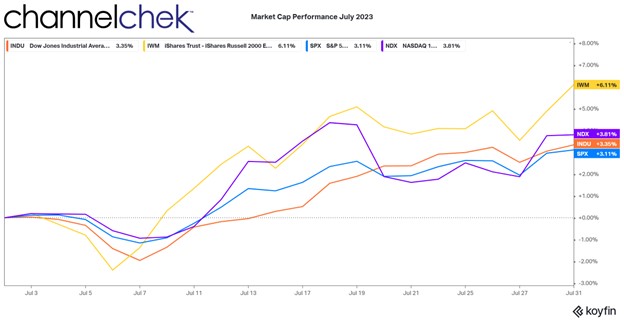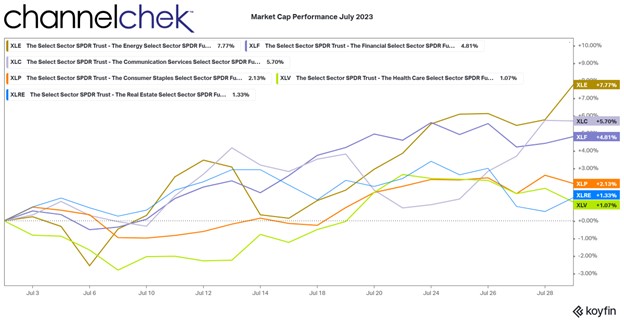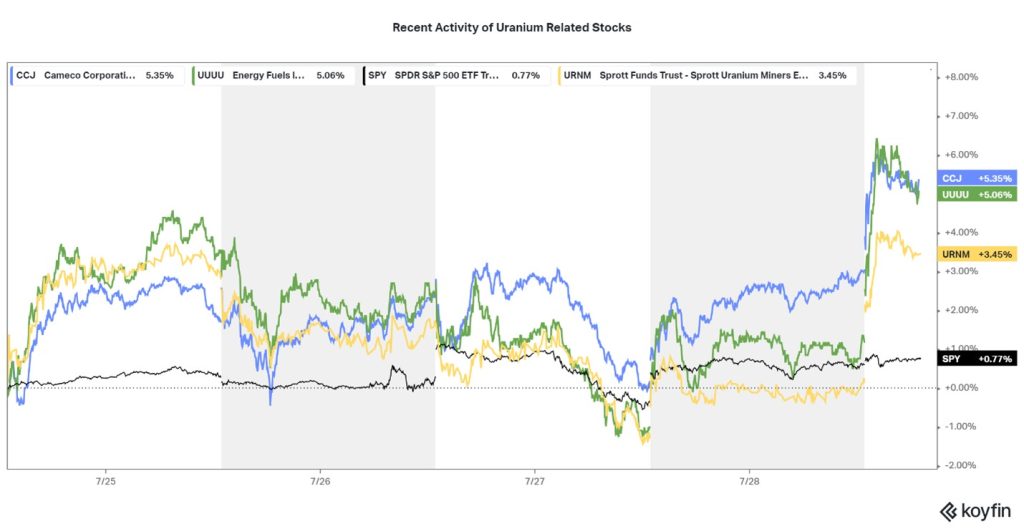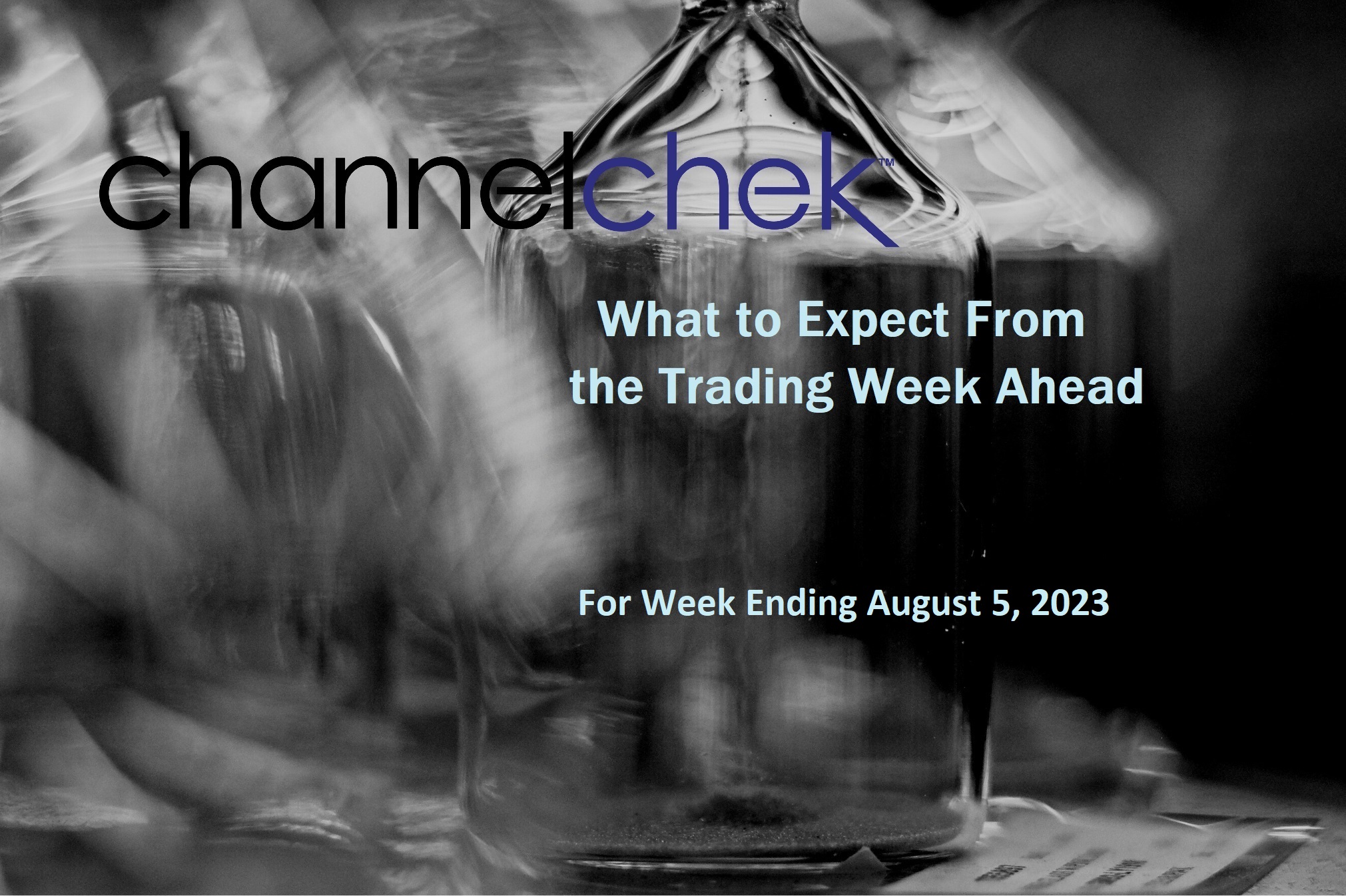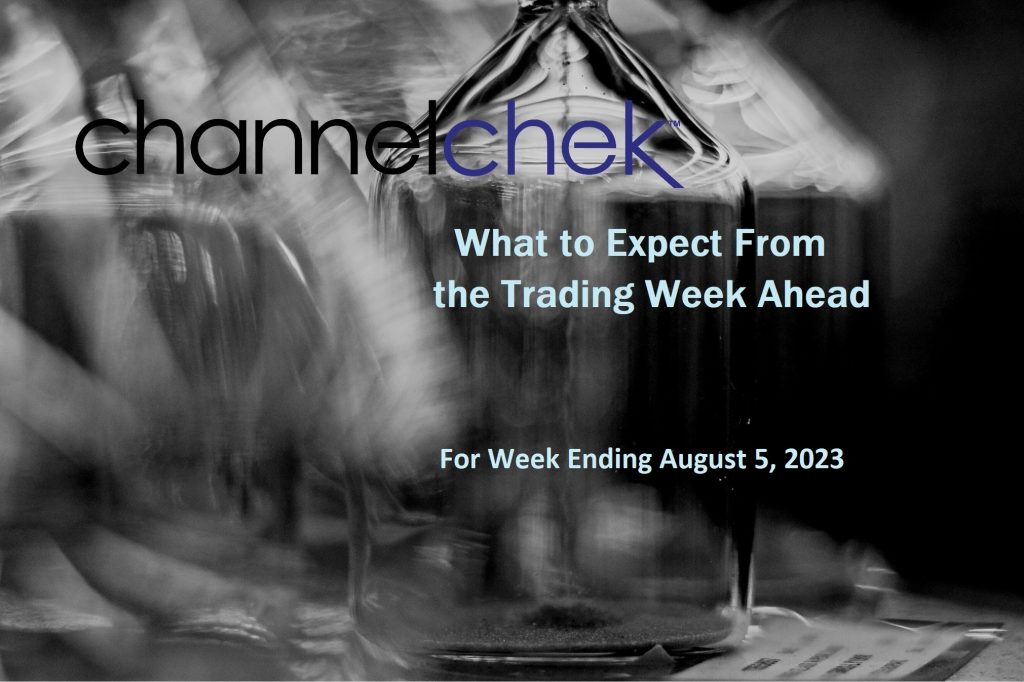
Regulatory, Competitive, and Pricing Challenges That Analysts Believe Biopharma Will Face
Trends in biotech are changing, and if certain events play out, the field could become more challenging on three fronts, according to a new report from analysts from the biotech team at RBC Capital Markets. The report discusses advancements in science that could trump others currently in use or some nearing the end of pipelines, along with regulations that could alter scarcity and prices that stem from recent actions.
In its industry report released on August 4, RBC’s biotech team discussed how deep discounts may be dictated by government programs. It also details how new competition could arise for drugs now offered by Biogen (BIIB) and Incyte (INCY) companies. And also how improvements in public-health from new weight-loss drugs and from gene-editing treatments may reduce demand for other products.
Pricing Challenges
The Inflation Reduction Act in its current form will reduce the prices paid for drugs by federal programs like Medicare, the analysts warn. Mandatory discounts, which will rise from 25% to 60%, will phase in for covered medicines beginning at the ninth to 16th years on the market. Any increases in the prices charged to the government program Medicare would be capped at the inflation rate.
The mechanisms by which these pricing measures will be rolled out by the Centers for Medicare Services will become more clear later this year. On the positive side for the industry, RBC noted a number of biotech companies have asked federal courts to block the law enacted in 2022. And if Republicans win controlling seats in the House in the fall, or even the Executive Branch next year, this would increase the chances of a rollback of the federal pricing provisions.
Exclusivity Challenges
A separate issue is that a lapse of exclusivity protection could affect companies such as Biogen, says RBC. That company’s big-selling product Tysabri, a multiple sclerosis treatment brings in about $2 billion a year. But lower protections may cause it to face competition from a generic “biosimilar” version from the Sandoz unit of Novartis (NVS). Earlier this summer, a court denied Biogen’s request for a preliminary injunction that would have kept the Sandoz biosimilar off the market while Biogen would press a patent infringement claim. The RBC analysts see signs that the Food and Drug Administration (FDA) is gearing up to approve the Sandoz biosimilar. The analysts mentioned that any sales losses at Biogen could be offset by the successful growth of its new anti-Alzheimer’s treatments.

Another exclusivity threat concerns the product Jakafi, which is a successful Incyte cancer and immune disorder drug, its annual sales could exceed $3.5 billion in the next few years. But the expiration of Jakafi’s patent protection in 2029 could bring a stream of generics it would compete with. This places the maker Incyte under pressure to develop products to extend its Jakafi franchise, says RBC.
Medical Success Challenges
The team at RBC writes that some welcome medical advances might prove so successful that they would reduce the need for other products. They gave examples that include the class of diabetes and obesity treatments known as GLP-1 drugs, which they expect are on their way to becoming enormous sellers for Novo Nordisk (NOVO) and Eli Lilly (ELI).
In addition to the dramatic weight loss achieved by the drugs, the GLP-1s may also become useful to reduce cardiovascular and liver disease. While the public health aspect would be cause to celebrate, investors should be cognizant that the prospects for other drugs sold to treat illnesses such as the liver disease called nonalcoholic steatohepatitis, or NASH, may get new competition.
Another promising breakthrough are gene-editing therapies, the one-time treatments that use the Nobel Prize-winning technology known as CRISPR to permanently blunt genetic illnesses.
Intellia Therapeutics (NTLA) and Verve Therapeutics (VERV) are testing such approaches as treatments for nerve and heart disorders that otherwise require continuing doses of medicines sold by other biotech companies. The RBC team says that the success of the one-shot editing therapies could trim the need for drugs that at present must be continually taken.
Take Away
Analysts don’t have a crystal ball, but investors do rely on their expertise to gain insight as to industry trends and individual company insights. There are many changes occurring in the biotech and biopharma space that could change the competitive landscape, some better for investors, some better for patients, and some even better for taxpayers and social security and Medicaid recipients.
Investors that wish to increase their knowledge of the industry and smaller innovative companies within the segment should explore the data and information in this section of Channelchek and dig even deeper into companies specifically covered by the industry analyst at Noble Capital Markets by using this link.
Managing Editor, Channelchek
Sources
https://www.barrons.com/articles/biotech-stocks-changing-regulation-disruption-1b4b3ee
https://www.fiercebiotech.com/biotech/peter-marks-says-base-editing-could-be-incredible-game-changer
